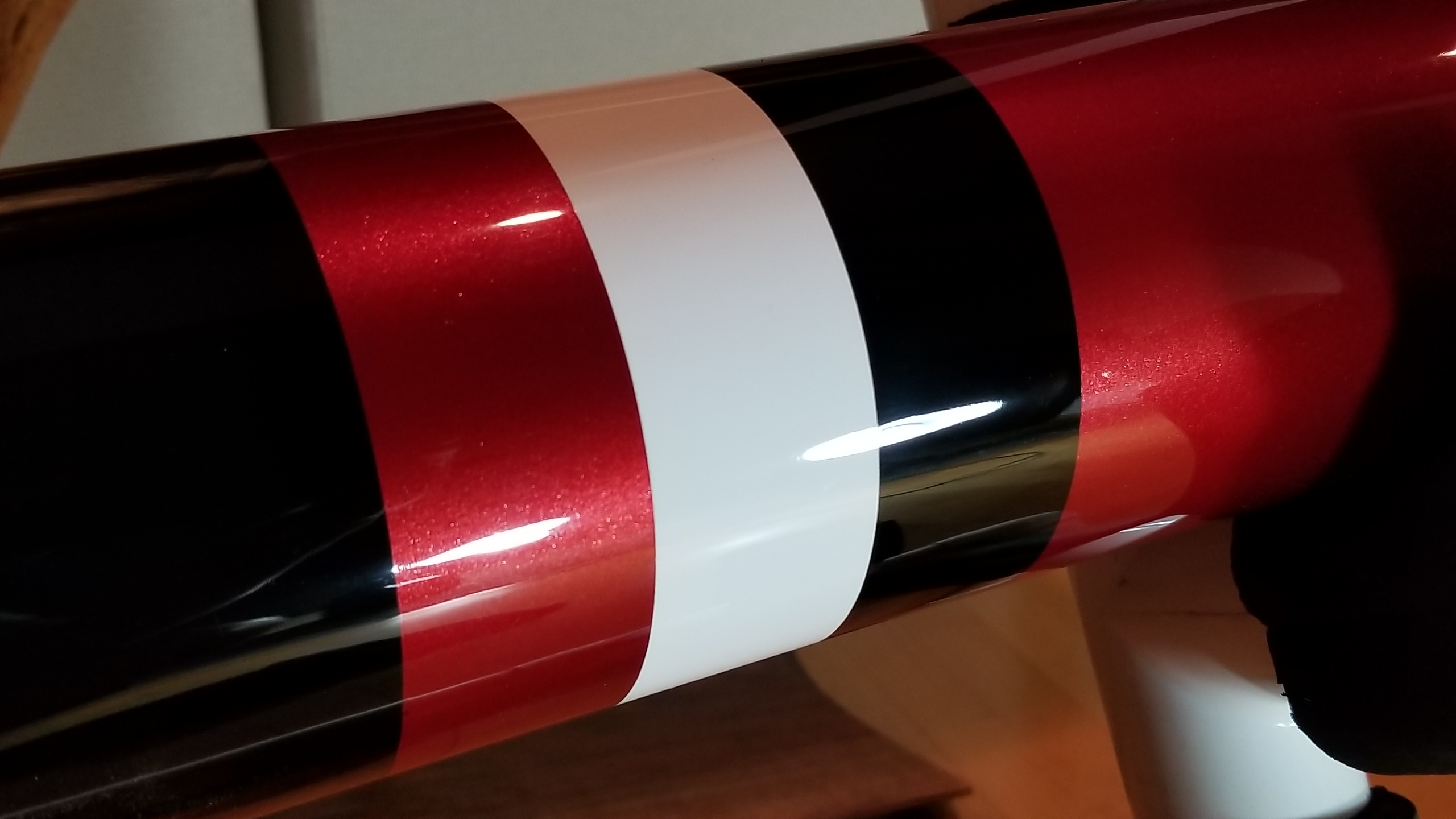Hank1986
Member
I would like to apply a couple "rings" of 1.41 inch (36mm) masking tape around a body tube in order to mask it during spray painting. Haven't started yet, but I am wondering if any of you know an easy way to get a perfect, circle of tape around the tube. Thanks in advance.







